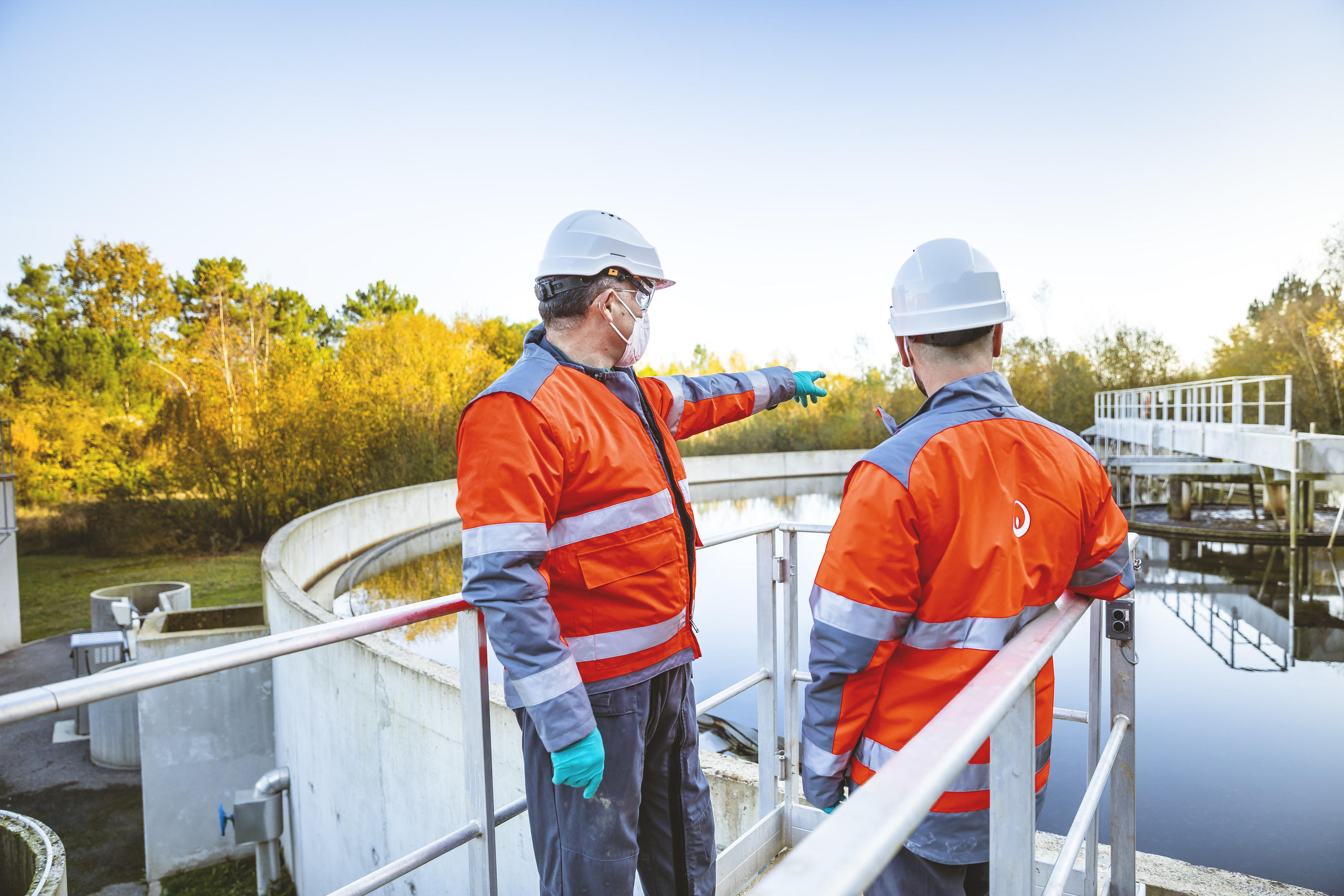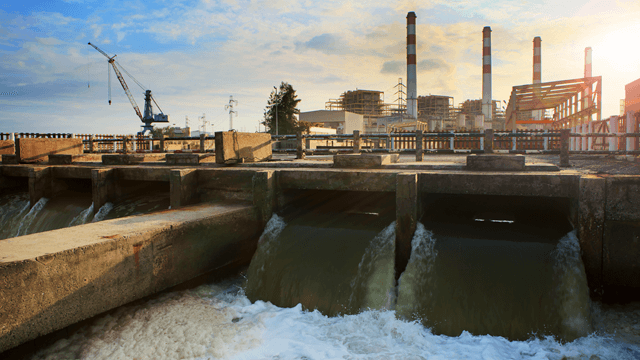Difficulties and Solutions in Hazardous Waste Water Treatment
The treatment of industrial wastewater presents a multifaceted array of obstacles, varying from rigid regulative compliance to the ins and outs of cost management and technical constraints. The variability in waste structure further complicates the effectiveness of standard treatment techniques, typically resulting in risen functional expenses.
Regulatory Compliance Obstacles
How can commercial centers navigate the complex landscape of regulative conformity in wastewater therapy? The regulatory framework regulating wastewater management is complex, frequently varying by territory and kind of industry.
To effectively handle these compliance challenges, facilities should implement robust surveillance and reporting systems that make certain real-time information collection and evaluation. Normal audits and threat assessments can recognize possible conformity voids, permitting positive changes in treatment procedures. Employee training programs concentrating on governing expertise and finest methods are important to promote a society of compliance within the organization.
Additionally, engaging with governing companies can give beneficial insights and clear up ambiguous guidelines. Facilities might also take advantage of seeking advice from with ecological experts that focus on wastewater treatment conformity, ensuring that they remain abreast of evolving laws. By embracing these strategies, industrial facilities can not only satisfy compliance needs however also enhance their functional effectiveness and environmental stewardship.
Cost and Economic Barriers
Browsing governing compliance in wastewater treatment usually offers considerable economic difficulties for commercial facilities. The costs connected with executing required treatment technologies, maintaining conformity with rigid regulations, and managing operational costs can be daunting. Several organizations encounter high first capital investment for the building and construction or updating of wastewater therapy plants, which might strain budget plans, especially for tiny and medium-sized business.
Moreover, recurring operational costs, consisting of chemical, labor, and maintenance inputs, add to the economic burden. The changability of fluctuating power costs and the possible need for added financial investments to fulfill developing laws worsen these financial stress. In numerous situations, the absence of monetary motivations or support from government bodies makes it also more tough for businesses to warrant financial investments in advanced treatment systems.
Additionally, the financial stability of wastewater therapy remedies is typically questioned, specifically for industries with tight profit margins. For that reason, it is essential for industrial facilities to discover cost-efficient techniques, such as taking on cutting-edge financing options, participating in collaborations, and leveraging arising modern technologies that can aid reduce these financial barriers while making certain compliance with ecological requirements.

Technological Limitations
Numerous technical restrictions impede the effectiveness of commercial wastewater therapy processes. One substantial obstacle is the inadequacy of existing treatment technologies to deal with intricate impurities.
Additionally, the scalability of therapy technologies postures a difficulty. While some innovative approaches, like membrane purification or sophisticated oxidation, show pledge in regulated atmospheres, their application on a larger range can be prohibitively pricey and technically challenging. Upkeep and operational complexities further make complex the fostering of these systems, particularly for smaller sized markets with limited technical experience.
The integration of real-time tracking technologies likewise remains insufficient in several treatment centers. Without reliable surveillance systems, drivers can not sufficiently analyze treatment efficiency or discover possible failings, resulting in inconsistent effluent quality. Resolving these technological constraints via study and development, along with financial investment in ingenious solutions, is important for boosting the efficacy anonymous of industrial wastewater therapy and guaranteeing regulatory conformity.
Variability in Waste Structure
In the world of industrial wastewater therapy, the irregularity in waste make-up provides a formidable he has a good point challenge. Industries create wastewater with diverse qualities, influenced by elements such as manufacturing processes, basic materials, and functional practices. This diversification complicates the therapy procedure, as conventional systems frequently have a hard time to properly deal with the large range of contaminants existing.
For instance, wastewater from food handling may include high degrees of natural issue, while effluents from chemical manufacturing could consist of heavy metals and dangerous substances. This difference necessitates versatile therapy techniques to ensure conformity with environmental regulations and protect public wellness. Furthermore, fluctuations in waste structure can occur in time, affected by modifications in manufacturing routines, maintenance tasks, or the intro of new products.

Ingenious Treatment Solutions
Cutting-edge treatment services are vital for resolving the intricacies of commercial wastewater monitoring. Standard methods commonly drop short in successfully getting rid of a variety of impurities, particularly in visit site facilities with diverse effluent streams. Recent advancements concentrate on incorporating sophisticated innovations to improve therapy performance and sustainability.
One appealing strategy is using advanced oxidation procedures (AOPs), which leverage powerful oxidants to break down organic pollutants. AOPs, including photocatalysis and ozonation, can considerably reduce harmful substances and boost effluent high quality. In addition, membrane bioreactor (MBR) technology has gained grip, integrating organic treatment with membrane filtration, resulting in top quality effluent and reduced impact.
An additional cutting-edge option is the implementation of source recuperation systems. Techniques like anaerobic food digestion not just treat wastewater yet likewise generate biogas, which can be taken advantage of as a renewable resource resource. In addition, the adoption of expert system and equipment knowing models can enhance treatment processes by anticipating variations in wastewater make-up, consequently boosting operational efficiency.
These innovative options not only address regulative conformity however also promote environmental sustainability, paving the means for a much more resilient and efficient commercial community.
Final Thought
In conclusion, addressing the obstacles of commercial wastewater therapy calls for a complex method that integrates regulative compliance, price administration, and technical developments. A dedication to continuous renovation in therapy methodologies will ultimately contribute to the reliable administration of commercial wastewater and ecological protection.
The therapy of commercial wastewater provides a multifaceted selection of difficulties, ranging from strict governing conformity to the ins and outs of expense monitoring and technical restrictions. Industrial Waste Water Treatment.Browsing regulative conformity in wastewater therapy typically presents considerable economic obstacles for industrial centers. Dealing with these technical constraints with research and advancement, alongside investment in innovative options, is essential for improving the efficacy of commercial wastewater treatment and ensuring regulative conformity
Wastewater therapy facilities must spend in robust surveillance systems and flexible treatment modern technologies capable of suiting differing influent attributes.In verdict, addressing the obstacles of industrial wastewater therapy requires a diverse strategy that integrates regulatory compliance, price administration, and technological innovations.